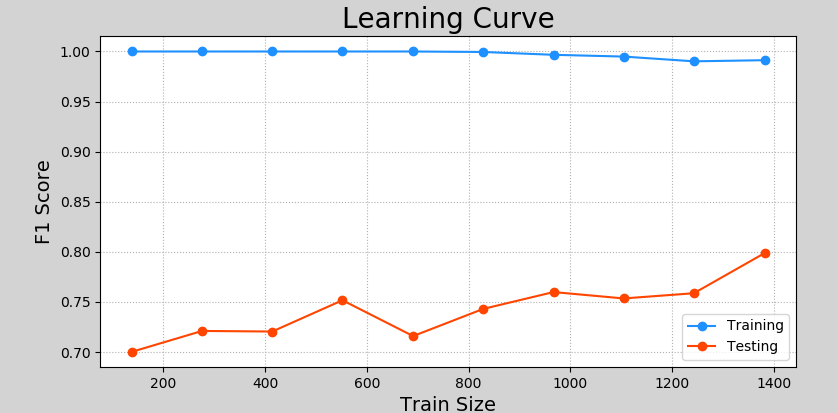1
2
3
4
5
6
7
8
9
10
11
12
13
14
15
16
17
18
19
20
21
22
23
24
25
26
27
28
29
30
31
32
33
34
35
36
37
38
39
40
41
42
43
44
45
46
47
48
49
50
51
52
53
54
55
56
57
58
59
|
import numpy as np
import sklearn.model_selection as ms
import sklearn.svm as svm
import sklearn.metrics as sm
import matplotlib.pyplot as mp
x, y = [], []
with open("../data/multiple2.txt", "r") as f:
for line in f.readlines():
data = [float(substr) for substr in line.split(",")]
x.append(data[:-1])
y.append(data[-1])
x = np.array(x)
y = np.array(y, dtype=int)
params = [
{"kernel": ["linear"],
"C": [1, 10, 100, 1000]
},
{"kernel": ["poly"],
"C": [1],
"degree": [2, 3]
},
{"kernel": ["rbf"],
"C": [1, 10, 100, 1000],
"gamma": [1, 0.1, 0.01, 0.001]
}
]
model = ms.GridSearchCV(svm.SVC(), params, cv=5)
model.fit(x, y)
print("best_score_:", model.best_score_)
print("best_params_:\n", model.best_params_)
l, r, h = x[:, 0].min() - 1, x[:, 0].max() + 1, 0.005
b, t, v = x[:, 1].min() - 1, x[:, 1].max() + 1, 0.005
grid_x = np.meshgrid(np.arange(l, r, h), np.arange(b, t, v))
flat_x = np.c_[grid_x[0].ravel(), grid_x[1].ravel()]
flat_y = model.predict(flat_x)
grid_y = flat_y.reshape(grid_x[0].shape)
mp.figure("SVM RBF Classifier", facecolor="lightgray")
mp.title("SVM RBF Classifier", fontsize=14)
mp.xlabel("x", fontsize=14)
mp.ylabel("y", fontsize=14)
mp.tick_params(labelsize=10)
mp.pcolormesh(grid_x[0], grid_x[1], grid_y, cmap="gray")
C0, C1 = (y == 0), (y == 1)
mp.scatter(x[C0][:, 0], x[C0][:, 1], c="orangered", s=80)
mp.scatter(x[C1][:, 0], x[C1][:, 1], c="limegreen", s=80)
mp.show()
|











